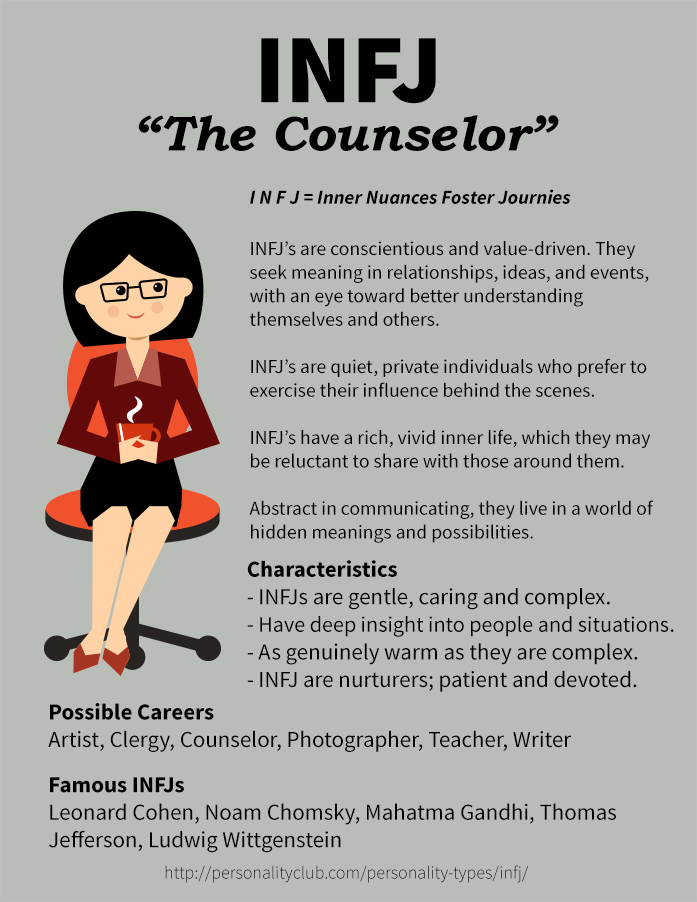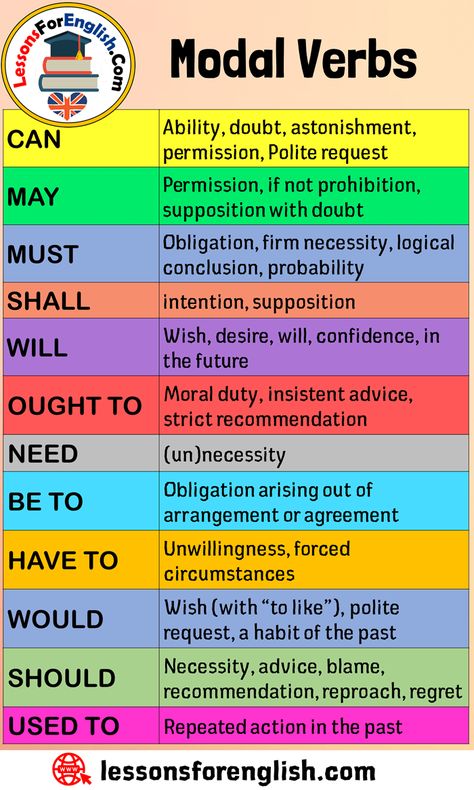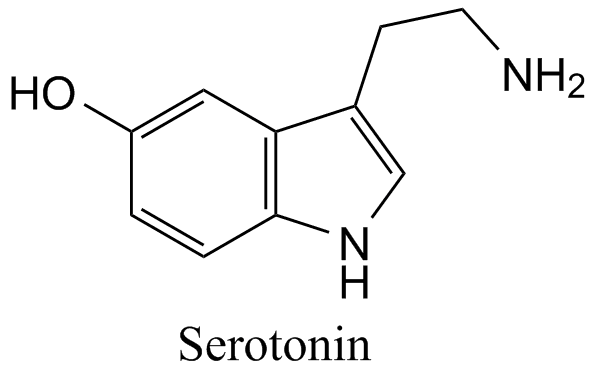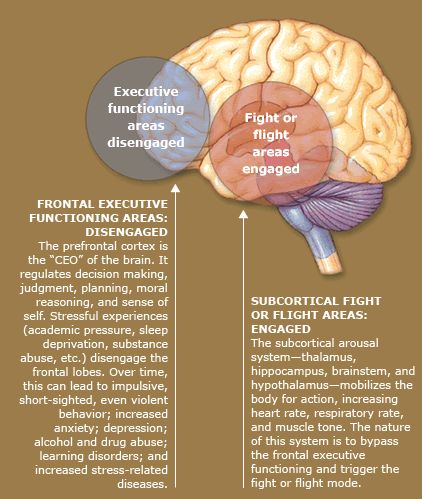How to meditate on love
How to Meditate on Love
The heart is both physical and spiritual, the center of our being which connects us to everything. Our spiritual self longs to connect with divine love. That longing for connection creates a vacuum and if we are not careful, we will attempt to fill it with things that dont belong in the heart. This is toxic and causes our hearts to become seemingly blind and deaf to everything around us while attaching to worldly distractions.
Instead of finding joy and love in helping a stranger in need, some find that to be a burden and would rather seek joy in spending money or career. Nothing wrong with being successful or wealthy, but that is not the root of happiness and it can distract us from what really matters.
God is the ultimate love and ultimate light, that light is in everything all at once. The trees, the wind, the difficult and the easy; one can find The Light in everything if their hearts are listening. Love can act as your compass in life if you allow it.
This doesnt mean blindly go after other humans you are attracted to. While companionship love is important and will be used down below in the meditation exercise, it is not the ultimate love which I am referring to.
No matter what name you assign to God, no matter if you are agnostic or unsure about faith, most can at least agree something deeper and larger than ourselves puts a spark in your heart sometimes and you feel it. THAT, that something, is The Light, The Fashioner of Forms, The Forgiver, The Protector, The Most Loving, The All-Encompassing. Call it whatever you like, I call it God.
Mental Health Benefits of Meditation
Meditation is used by a variety of belief systems and often advocated for in the use of mental health. It is a universal concept that connecting to your internal self and becoming more mindful is beneficial.
Here are a few benefits of meditation, but please understand many more exist.
- Stress reduction
- Mindfulness
- Lessen anxiety and depression
- Increased attention span and focus
- Greater bond with ones heart leading to a greater understanding of the self
- Develop deeper trust in your own abilities
- Less internal chaos promotes order
Meditate Upon the Heart
Often people talk about quieting your thoughts during meditation/prayer or focusing on your breath as a way to quiet your mind.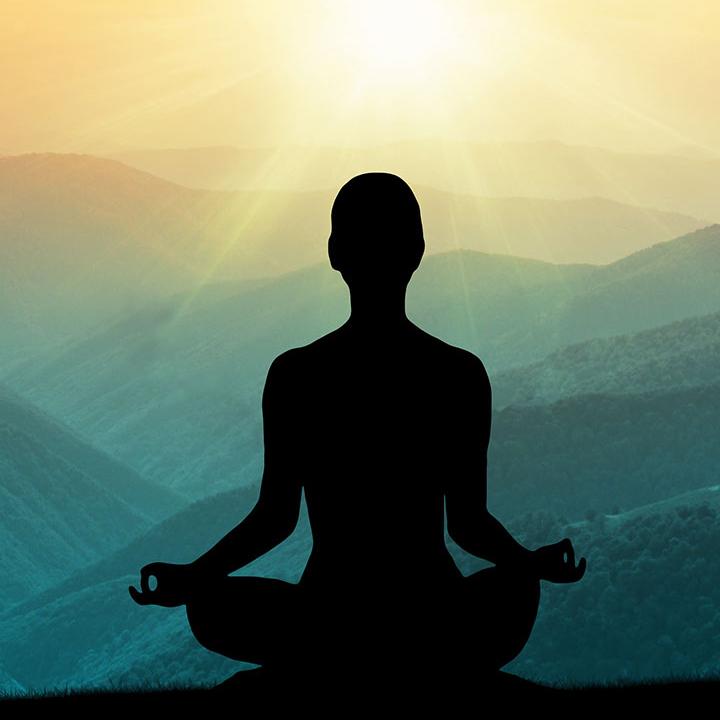 The simple fact so many talk about quieting your mind should raise the question of what are you listening for if not thoughts? Is it the tranquil and serene feeling that comes from silence? That is not nothingness, that is your heart listening and connecting to divine love. That communication is not with words, often words cannot give this experience full justice.
The simple fact so many talk about quieting your mind should raise the question of what are you listening for if not thoughts? Is it the tranquil and serene feeling that comes from silence? That is not nothingness, that is your heart listening and connecting to divine love. That communication is not with words, often words cannot give this experience full justice.
Meditating upon the heart means to focus on love. We were created out of love, we were designed to love and we will be unfulfilled and searching for more when we deny ourselves a connection to divine love. In the simplest explanation, God is love and love is from God. God/Love encompasses all and can be a force of healing.
Steps for Meditating on Love
- Find a comfortable position and location. Indoors or outdoors, whatever feels most inviting.
- Take 3-5 deep, slow breaths with your eyes closed. Feel yourself expand as you inhale then gently push the air out.
- Visualize someone or something you love.
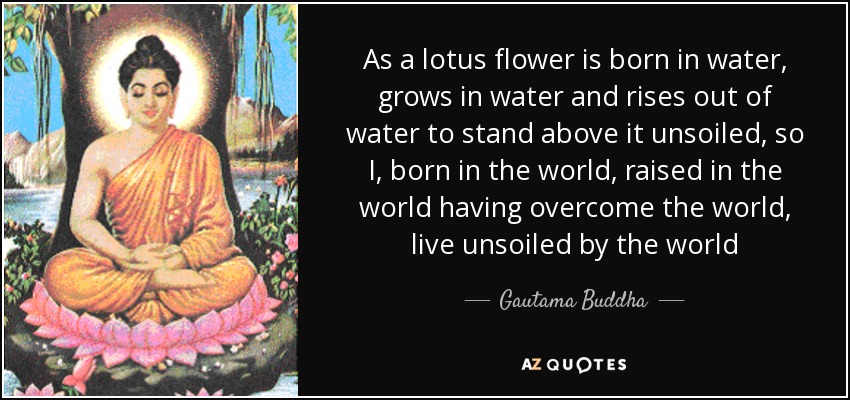 Not a casual love, a deep love such as the connection between child and parent or love for a spouse. It is easier to begin this using a very close family member.
Not a casual love, a deep love such as the connection between child and parent or love for a spouse. It is easier to begin this using a very close family member. - While visualizing them, allow yourself to feel your love for them. If it helps, remember a favorite memory with them such as your wedding day. That light you feel within you when remembering these moments, that love, focus on it. Feel it and gently embrace it internally.
- Hold onto that love within your heart while you maintain regular breathing.
- As you focus on that feeling of love and silence everything else, you can think light every time you breathe in and love when you breathe out. Some will think or say Allah as they inhale and hu as they breathe out, which translates to God is and they are referring to God is Love.
- Stay in this state of being for as long as you like. It can be 5 minutes or an hour, whatever feels right for you.
Love and Light is Everywhere
If you are like me, you love nature.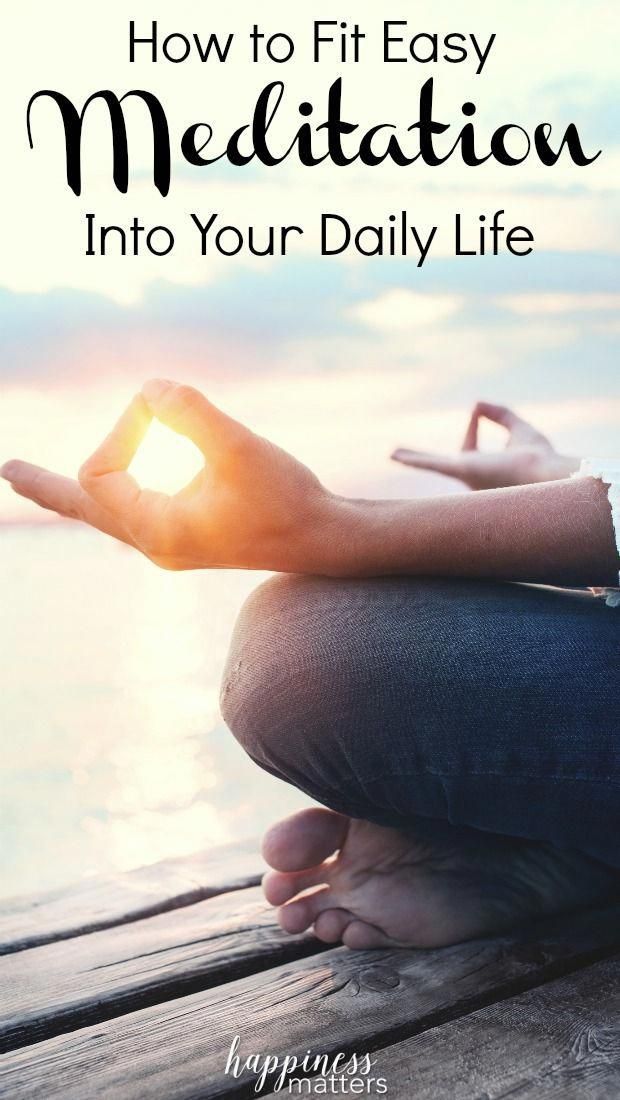 Some of us find peace and serenity in the woods or near a waterfall. The beauty captivates us, the sounds are relaxing and feeling the earth against your skin can be calming. When you have these moments, dont rush them. Listen carefully, with your heart. Allow your heart to hear and feel the divine love. Appreciate the beauty. It is okay to smile internally and externally. Even if someone walks past you wondering why you are randomly smiling at the flowers, smile at them genuinely and allow that love/light to transfer from your heart to theirs. We are all connected, we are all one.
Some of us find peace and serenity in the woods or near a waterfall. The beauty captivates us, the sounds are relaxing and feeling the earth against your skin can be calming. When you have these moments, dont rush them. Listen carefully, with your heart. Allow your heart to hear and feel the divine love. Appreciate the beauty. It is okay to smile internally and externally. Even if someone walks past you wondering why you are randomly smiling at the flowers, smile at them genuinely and allow that love/light to transfer from your heart to theirs. We are all connected, we are all one.
Say thank you for that dose of love and hold onto it as long as you can. The more you do this the easier it becomes to hold onto these positive feelings. This can, in turn, make your day to day life more enjoyable with a heart full of light.
I know some of you are thinking she sounds like a hippie or what is this new age mumbo jumbo. None of this is new, actually, it is ancient. While it is only recently that the idea of mindfulness became a hot topic, humans have practiced these type of exercises long before the word hippie or new age even existed.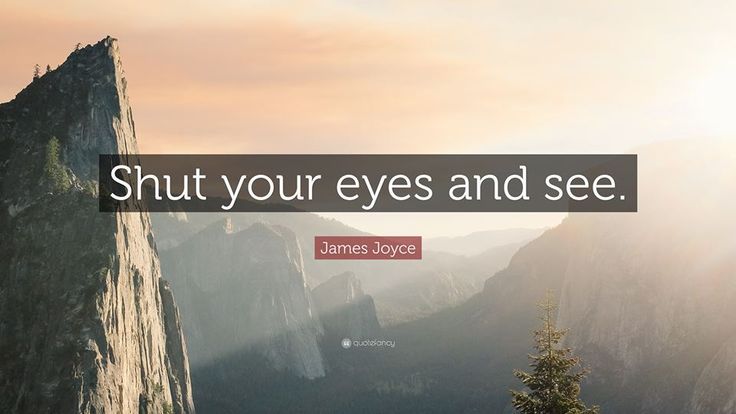
I encourage you to try it for a week and let us know in the comments below how it impacted you.
This Loving-Kindness Meditation is a Radical Act of Love
As the pace of our lives continues to accelerate, driven by a host of forces seemingly beyond our control, more and more of us are finding ourselves drawn to engage in meditation, in this radical act of being. We are moving in the direction of meditative awareness for many reasons, not the least of which may be to maintain our individual and collective sanity, or recover our perspective and sense of meaning, or simply to deal with the outrageous stress and insecurity of this age.
By stopping and intentionally falling awake to how things are in this moment, purposefully, without succumbing to our own reactions and judgments, and by working wisely with such occurrences with a healthy dose of self-compassion when we do succumb, and by our willingness to take up residency for a time in the present moment in spite of all our plans and activities aimed at getting somewhere else, completing a project or pursuing desired objects or goals, we discover that such an act is both immensely, discouragingly difficult and yet utterly simple, profound, hugely possible after all, and restorative of mind and body, soul and spirit right in that moment.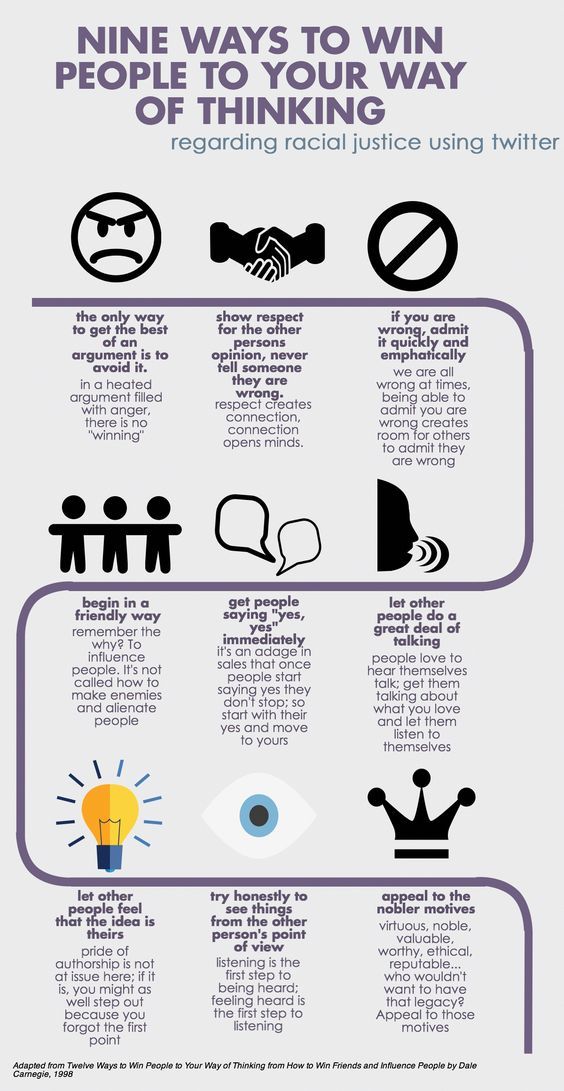 It is indeed a radical act of love just to sit down and be quiet for a time by yourself.
It is indeed a radical act of love just to sit down and be quiet for a time by yourself.
Formal loving-kindness practice can function to soften one’s relationship to overwhelmingly afflictive mind states, so that we can avoid succumbing completely to their energies. It makes them more approachable and it makes them less intractable.
Loving-kindness, compassion, sympathetic joy and equanimity are rigorous meditation practices, used for the most part to cultivate one-pointed concentrated attention, out of which the powers of these evoked qualities emerge, transfiguring the heart. Just naming these qualities of heart explicitly and making their role explicit in our practice may help us to recognize them when they arise spontaneously during mindfulness practice. As well as to incline the heart and mind in that direction more frequently, especially in difficult times.
These practices, and in particular loving-kindness, can often serve very practically as a necessary and skillful antidote to mind states such as ferocious rage, which may, at the time of their arising, be simply too strong to attend to via direct observation unless ones practice is very developed. At such times formal loving-kindness practice can function to soften one’s relationship to such overwhelmingly afflictive mind states, so that we can avoid succumbing completely to their energies. It makes them more approachable and it makes them less intractable.
At such times formal loving-kindness practice can function to soften one’s relationship to such overwhelmingly afflictive mind states, so that we can avoid succumbing completely to their energies. It makes them more approachable and it makes them less intractable.
But with practice direct observation itself, on its own, becomes the embodiment of loving-kindness and compassion all by itself, and is capable of embracing any mind state, however afflictive are toxic. And in the seeing of it and the knowing of it—in open-hearted non-reactive, nonjudgmental presence—we can see into the nature of the anger or grief for whatever it is. And in the seeing, in the embracing of it, in the knowing of it, as we have seen, it attenuates, weakens, evaporates, very much like touching a soap bubble or like writing on water. What emerges in such moments is nothing less than loving-kindness itself arising naturally from extended silence, without any invitation because it’s never not already here.
A 40-Minute Meditation For Deep Healing of Ourselves and Others
A Loving-Kindness Meditation
- 47:00
1. In a dignified sitting posture or lying down, whatever you prefer, bring your awareness to the breath and the body as a whole. Breathe and rest here, establishing a relatively stable platform of moment-to-moment awareness, riding on the waves of the breath.
In a dignified sitting posture or lying down, whatever you prefer, bring your awareness to the breath and the body as a whole. Breathe and rest here, establishing a relatively stable platform of moment-to-moment awareness, riding on the waves of the breath.
2. When you feel comfortable resting with the flow of your breathing, picture someone in your life who loves you, or who loved you unconditionally. Evoking and giving yourself over to feeling the qualities of the selfless love and kindness they accord you, or accorded you, and the whole aura or field of their love for you—right here right now breathing with these feelings, bathing in them, resting in the warmth and radiance of their heartfelt embracing of you just as you are. Or drinking in the experience that you are unequivocally and unconditionally loved and accepted as you are—without having to be different, without having to be worthy of their love, without having to be particularly deserving.
In fact, you may not feel particularly worthy or deserving. That does not matter. It is in fact irrelevant. The relevant fact is that you were or are loved. Their love is for you, just as you are. For who you are now, already, and perhaps always have been. Allowing your own heart to bask in these feelings, to be cradled in them, entrained into them. To be rocked moment by moment in the swinging rhythmic beating of the loving heart of another. And in the cadences of your own breathing, allowing your heart to be held and bathed in this way, by the warmth of this radiant pulsing field of loving-kindness.
3. If you encounter some difficulty in bringing to mind or conjuring up such a person from memory in this moment, then see if you can imagine someone treating you in that way. And imagine with great vividness the feelings of love and kindness and regard. And that can actually serve equally well in this practice.
4. Whenever you feel ready, see if you can become the source as well as the object of these same feelings.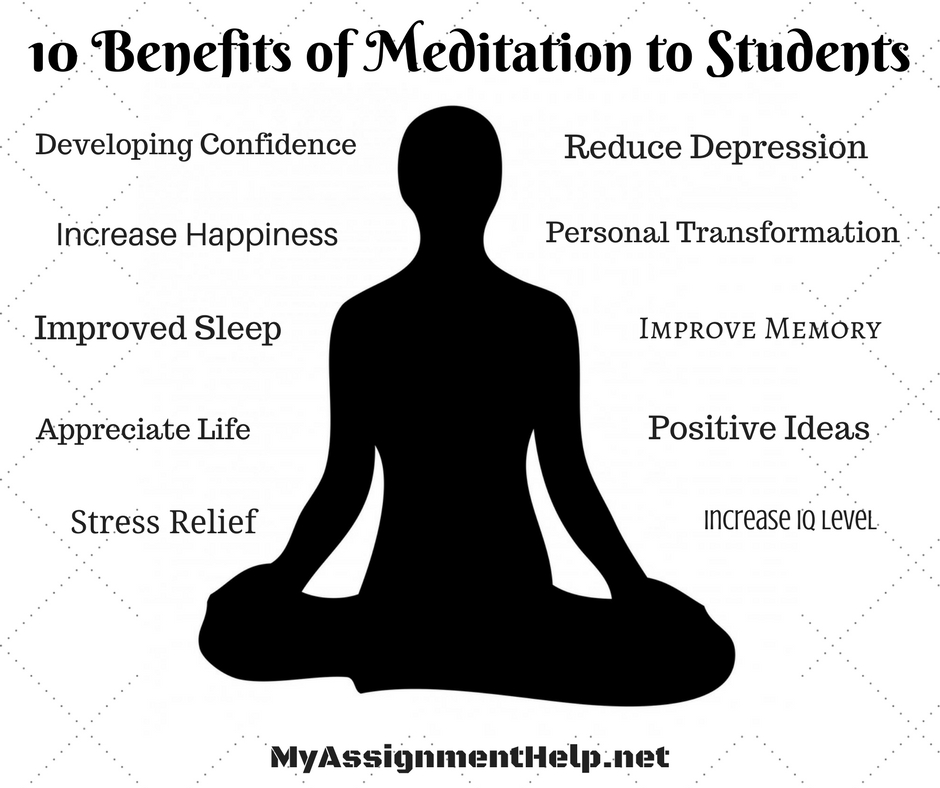 In other words, take on these feelings for yourself as if they were your own rather than those of another. Lingering as best you can with the rhythmic beating of your own heart. Cradling in your own heart these feelings of love and acceptance and kindness for yourself beyond judgment of any kind. Just basking in feelings of loving kindness akin to the all-loving embrace of a mother for her child—Where you are simultaneously both the mother and the child. Resting here in these feelings as best you can, from moment to moment. Bathing in your own kind regard. Your own complete acceptance of yourself as you are right here in this very moment. Letting this feeling be self-sustaining, natural, in no way forced or coerced.
In other words, take on these feelings for yourself as if they were your own rather than those of another. Lingering as best you can with the rhythmic beating of your own heart. Cradling in your own heart these feelings of love and acceptance and kindness for yourself beyond judgment of any kind. Just basking in feelings of loving kindness akin to the all-loving embrace of a mother for her child—Where you are simultaneously both the mother and the child. Resting here in these feelings as best you can, from moment to moment. Bathing in your own kind regard. Your own complete acceptance of yourself as you are right here in this very moment. Letting this feeling be self-sustaining, natural, in no way forced or coerced.
Rest in Loving-Kindness
5. In resting here in this field of loving-kindness, this embrace of loving-kindness, you may find it useful to whisper to yourself the following phrases, or hear them being whispered to you by the wind, by the air, by your breath, by the world, or even asserted more strongly with great feeling: May I be safe and protected and free from inner and outer harm.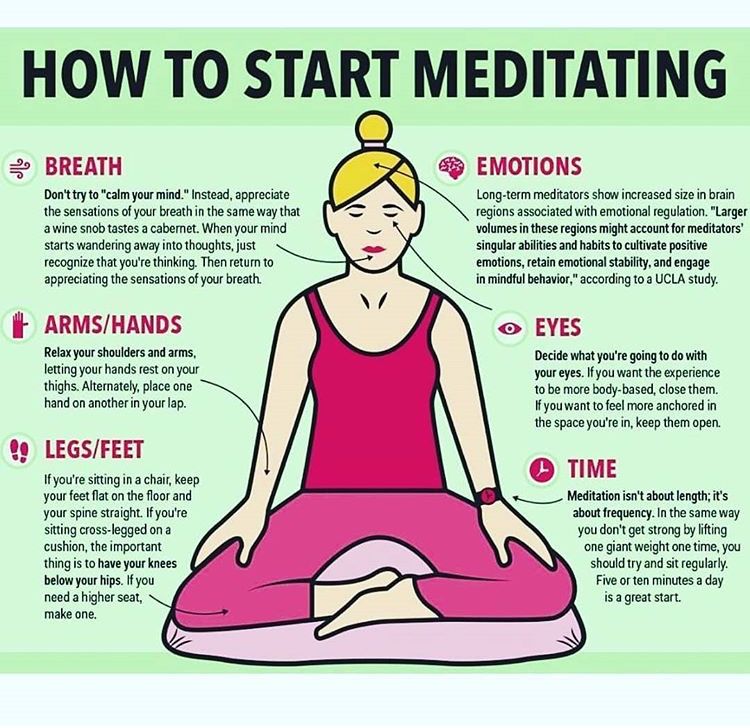 May I be happy and contented. May I be healthy and whole to whatever degree possible. May I experience ease of well-being.
May I be happy and contented. May I be healthy and whole to whatever degree possible. May I experience ease of well-being.
6. Gently at your own pace, over and over, inwardly whispering, inwardly hearing, feeling, sensing, affirming: May I be safe and protected and free from inner and outer harm. May I be happy and contented. May I be healthy and whole to whatever degree possible. May I experience ease of well-being.
May I be safe and protected and free from inner and outer harm. May I be happy and contented. May I be healthy and whole to whatever degree possible. May I experience ease of well-being.
7. At first, it may feel artificial to be saying such things to yourself or even thinking about them. After all, who is this “I” who is wishing this? And who is the “I” who’s receiving these wishes? Ultimately, both vanish into the feeling of being safe and free from harm in this moment, into the feeling of being contented and happy in this moment, the feeling of being whole in this moment, since you already are whole.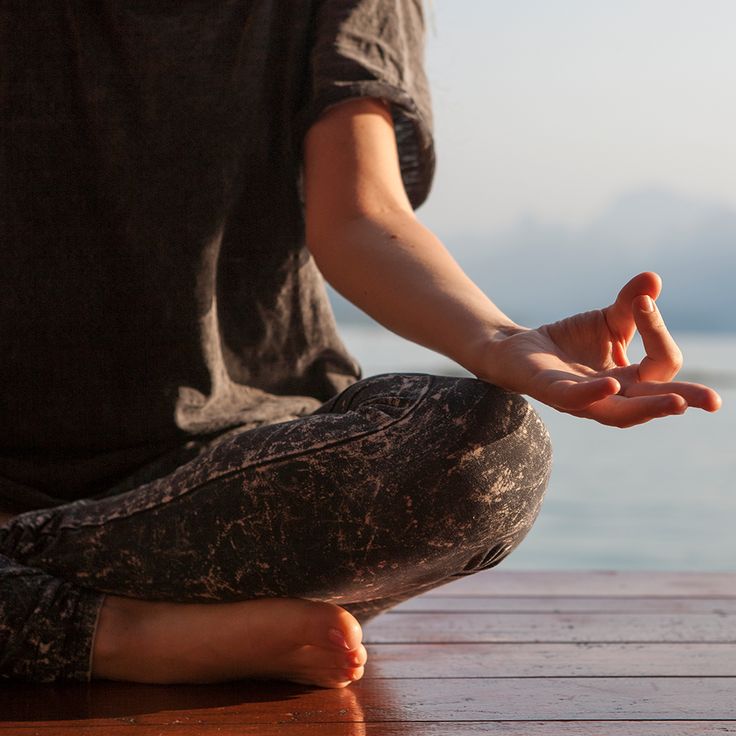 The feeling of resting in ease of well-being far from the dis-ease and fragmentation we endure so much of the time. This feeling, this very feeling, is the essence of loving-kindness.
The feeling of resting in ease of well-being far from the dis-ease and fragmentation we endure so much of the time. This feeling, this very feeling, is the essence of loving-kindness.
But, you might object, if this is a selfless practice, why am I focusing on myself? On my own feelings of safety and well-being? On my own happiness?
8. But, you might object. If this is a selfless practice, why am I focusing on myself? On my own feelings of safety and well-being? On my own happiness? One response would be: because you are not separate from the universe that gave rise to you and so are as worthy an object of loving-kindness as anything else or anyone else. Your loving-kindness cannot be either loving or kind if it does not include yourself. But at the same time you don’t need to worry. It’s not limited to yourself. Because the field of loving-kindness is limitless. If you like, you can think of the loving-kindness practice, as we’ve been engaging it up to this point, on a relative level at least, as tuning your instrument before you play it out in the world. In this case, tuning the instrument is itself a huge act of love and kindness not a means to an end.
In this case, tuning the instrument is itself a huge act of love and kindness not a means to an end.
9. Once you have established a fairly stable field of loving-kindness around yourself and have lingered here for a time in the feeling of being held and cradled and rocked in its embrace, you can intentionally expand the field of the heart just as we sometimes expand the field of awareness in the mindfulness practice. We can expand the field of loving-kindness around our own heart and our own being, inviting other beings either singly or en masse into this growing embrace. This is not always so easy to do. And so it’s helpful to start with one person for whom you naturally harbor feelings of loving-kindness, and only if you care to explore it. Otherwise, you can simply keep embracing yourself as the recipient of your own love and kindness, either using the phrases we are already using or modifying them to suit yourself.
Open Your Heart
10. So, if you are open to expanding the field of loving-kindness out from your own heart and your own body and your own being, in your mind’s eye and in your heart, evoking for now the feeling or image of an individual, a person for whom you have great affection, someone you were close to emotionally.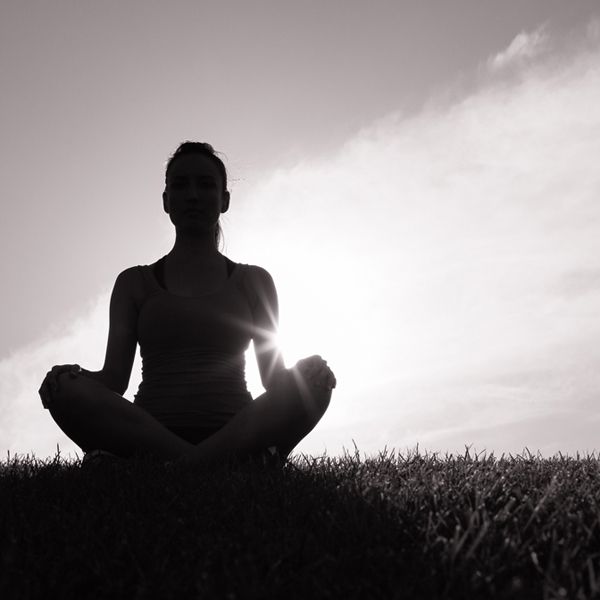 Can you hold this person in your heart with the same quality of loving-kindness that you have been directing towards yourself? Whether it is a child or a parent, a brother or a sister, a grandparent or other relative near or distant, a close friend or a cherished neighbor, singly or together. Breathing with them or him or her in your heart. Holding them in your heart. Imagining them in your heart as best you can. Because, just to let you know, this practice is so intrinsically powerful that none of the imaging of yourself or others needs to be very vivid for it to be hugely effective. And wishing them well: May she, he, they be safe and protected and free from inner and outer harm. May she, he, they be happy and contented. May she, he, they be healthy and whole to whatever degree possible. May she, he, they experience ease of well-being.
Can you hold this person in your heart with the same quality of loving-kindness that you have been directing towards yourself? Whether it is a child or a parent, a brother or a sister, a grandparent or other relative near or distant, a close friend or a cherished neighbor, singly or together. Breathing with them or him or her in your heart. Holding them in your heart. Imagining them in your heart as best you can. Because, just to let you know, this practice is so intrinsically powerful that none of the imaging of yourself or others needs to be very vivid for it to be hugely effective. And wishing them well: May she, he, they be safe and protected and free from inner and outer harm. May she, he, they be happy and contented. May she, he, they be healthy and whole to whatever degree possible. May she, he, they experience ease of well-being.
Linger, moment by moment, in the field of loving-kindness within your own heart. With these phrases as you voice them silently to yourself, and even more with the feeling behind them. Repeating them in order over and over, not mechanically, not like a mantra, but mindfully with full awareness, knowing what you’re saying. Feeling the intention behind the feeling, the intention and feeling behind each phrase. May she, he, they be safe and protected and free from inner and outer harm. May she, he, they be happy and contented. May she, he, or they be healthy and whole to whatever degree possible. May she, he, or they experience ease of well-being.
Repeating them in order over and over, not mechanically, not like a mantra, but mindfully with full awareness, knowing what you’re saying. Feeling the intention behind the feeling, the intention and feeling behind each phrase. May she, he, they be safe and protected and free from inner and outer harm. May she, he, they be happy and contented. May she, he, or they be healthy and whole to whatever degree possible. May she, he, or they experience ease of well-being.
11. Here, whenever you’re ready, if you care to, you can invite into the field of the loving heart, those for whom your relationship is more neutral, or even people you don’t know at all, or who you have only heard of secondhand friends of your friends for instance. And again, cradling him, her, or them in your heart, wishing them well: May she, he, or they be safe and protected and free from inner and outer harm. May she, he, or they be happy and contented. May she, he, or they be healthy and whole to whatever degree possible.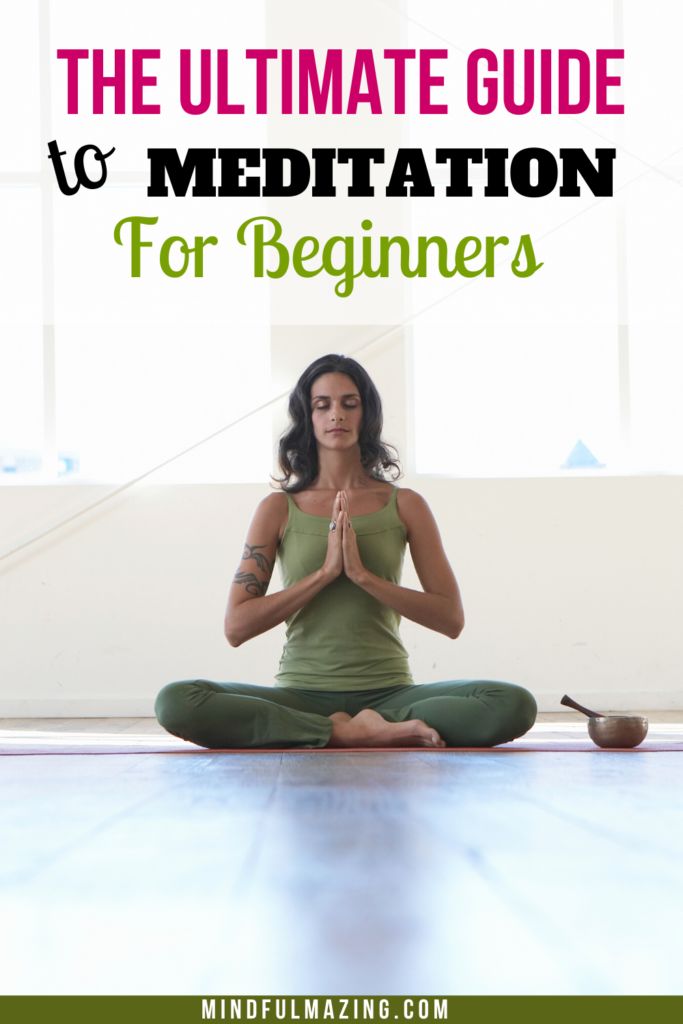 May she, he, or they experience ease of well-being.
May she, he, or they experience ease of well-being.
If you find the mind wandering or you find yourself struggling at a certain point, just as in the cultivation of mindfulness, just notice what’s going on in the mind.
12. If you find the mind wandering or you find yourself struggling at a certain point, just notice what’s going on in the mind. Perhaps feeling the sense of struggling in maybe even maintaining your focus or your concentration. And simply, over and over again, including yourself in the field of loving-kindness and coming back to the phrases whispered, spoken inwardly to yourself, resting in the feeling radiating out of those phrases, and underneath that, out of your heart. Moment by moment by moment, with whoever it is, singly or together, to whom you’re sending loving-kindness.
13. And from here, if you care to, you can once again expand the field of awareness to include one or more individuals who are actually problematic for you in one way or another, with whom you share a difficult past, perhaps. Who may have harmed you in one way or another who for whatever reason you consider to be more of an adversary or an obstacle than a friend. This does not mean that you are being asked to forgive them for what they may have done to hurt you, or to cause you or others harm. You are simply recognizing that they too are human beings, that they too have aspirations, that they too, in all likelihood, desire to be happy and safe.
Who may have harmed you in one way or another who for whatever reason you consider to be more of an adversary or an obstacle than a friend. This does not mean that you are being asked to forgive them for what they may have done to hurt you, or to cause you or others harm. You are simply recognizing that they too are human beings, that they too have aspirations, that they too, in all likelihood, desire to be happy and safe.
14. So, as best you can, and only to the degree that you feel ready for it, or at least open to experimenting with it, extending loving-kindness to them as well, for all the difficulties and problems lying between you: May she, he, or they be safe and protected and free from inner and outer harm. May she, he, or they be happy and contented. May she, he or they be healthy and whole to whatever degree possible. May she, he or they experience ease of well-being.
Just as with the cultivation of mindfulness, where we can rest with one object of attention or expand the field to include varying levels of objects of attention, so in this loving-kindness practice we can linger for days, weeks, months, or years at differing levels of the practice, all of which are equally valid and equally healing, and all of which ultimately include each other.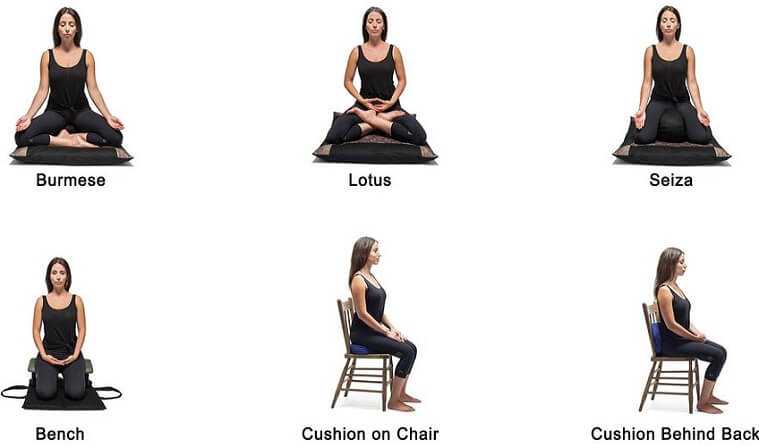
Turn Your Attention Inward for a Moment
15. So, if you wish to cultivate loving-kindness and direct it only toward yourself now, in this period of practice, that is perfectly fine and you can just keep and sustain that dimension of the loving-kindness practice underneath my voice and what I’m saying. Or if you care to direct loving-kindness only toward those who you know and love, or even one person over and over again, that is just fine too. Any level at all at which you care to cultivate and direct loving-kindness is fine, is perfect. And ultimately embodies all the others anyway. For, over time, it’s likely (since your own capacity for loving, whether you know it or not, is infinite; that is simply the nature of love, that it’s limitless and therefore actually an infinite supply) that you may find yourself naturally drawn to invite more and more beings into the field of loving-kindness radiating from your own heart and your own being in all directions, inwardly and outwardly. Or you may find that at times they just slip in, unbidden somehow. This is interesting to note. If you are not consciously inviting them in, how come they are showing up anyway? And how are they getting in? Hmmmm… Maybe your heart is bigger and wiser than you think?
Or you may find that at times they just slip in, unbidden somehow. This is interesting to note. If you are not consciously inviting them in, how come they are showing up anyway? And how are they getting in? Hmmmm… Maybe your heart is bigger and wiser than you think?
16. In the spirit of the boundlessness of the heart and of love itself, we can expand the field of loving-kindness even further to include our neighbors and neighborhood, our community, our state, our country, the entire world if you will. You can include your pets, all animal life, all plant life, all life, the entire biosphere, all sentient beings. You can also get very specific and include specific people, even political leaders in the field of your loving-kindness. Difficult as that may be if you differ strongly with them and find yourself judging them and even their basic humanity harshly. All the more reason for including them. Being human, they are worthy of loving-kindness and perhaps will respond to it by softening in ways your mind cannot possibly imagine.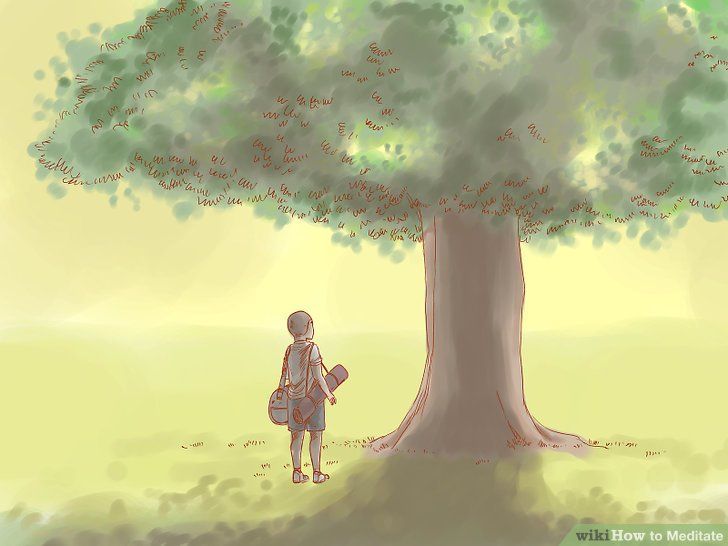 And perhaps the same goes for you as well.
And perhaps the same goes for you as well.
You can also specifically include in the field of loving-kindness of those less fortunate than yourself who are exploited at work or at home. All those who are imprisoned justly or unjustly. All those who are at the mercy of their enemies. All those who are hospitalized or sick or dying. All those who are caught up in chaos, who are living in fear, who are suffering in any way shape or form. Whatever brought them to this point in their lives, just as we do, they all want to experience ease of well-being rather than dis-ease and fragmentation, just as we do. They all want to be happy and contented. They all desire to be whole and healthy. They all desire to be safe and free from harm.
So we recognize this way in which we are all united in our common aspiration to be happy and not to suffer and we wish them well: May all beings, near and far, be safe and protected and free from inner and outer harm. May all beings, near and far, be happy and contented.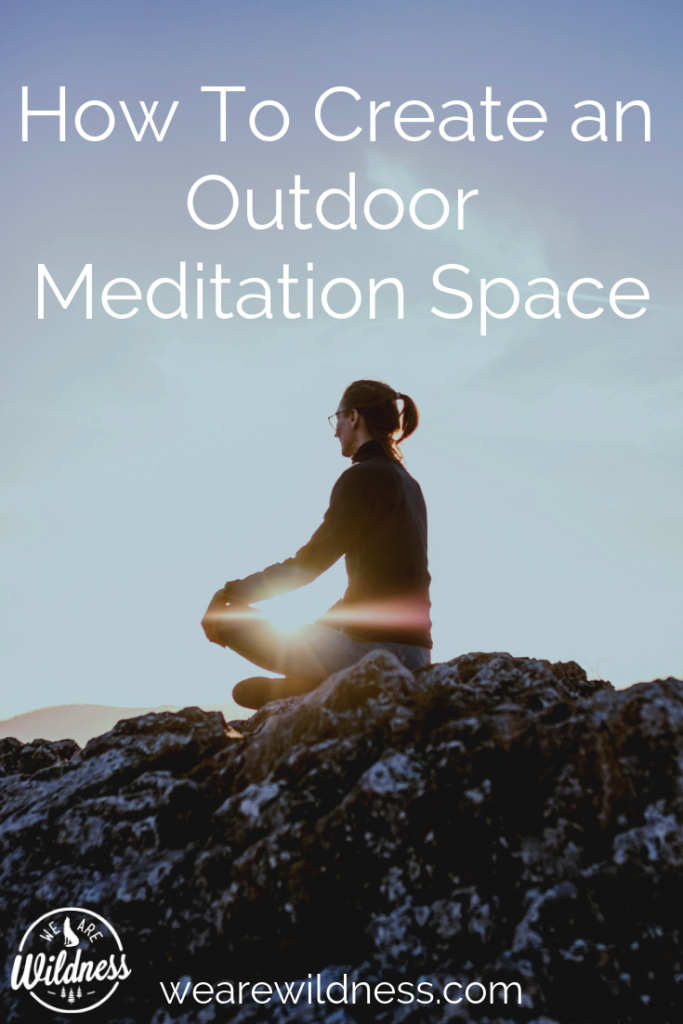 May all beings, near and far, be healthy and whole to whatever degree possible. May all beings, near and far, experience ease of well-being.
May all beings, near and far, be healthy and whole to whatever degree possible. May all beings, near and far, experience ease of well-being.
May all beings, near and far, be safe and protected and free from inner and outer harm. May all beings, near and far, be happy and contented. May all beings, near and far, be healthy and whole to whatever degree possible. And man all beings, near and far, experience ease of well-being.
17. And it need not stop here. Why not include the entire Earth in the field of loving-kindness? Why not embrace the very earth that is our home? That is an organism in its own right, that is in a sense one body, a body that can be thrown off balance by her own actions, conscious and unconscious, in ways that create huge threats to the life it nurtures and to the intelligences embedded within all aspects of that life, animal and plant and mineral that interacts so seamlessly in the natural world. And so we can expand the field of the loving heart even further the field of our loving kindness.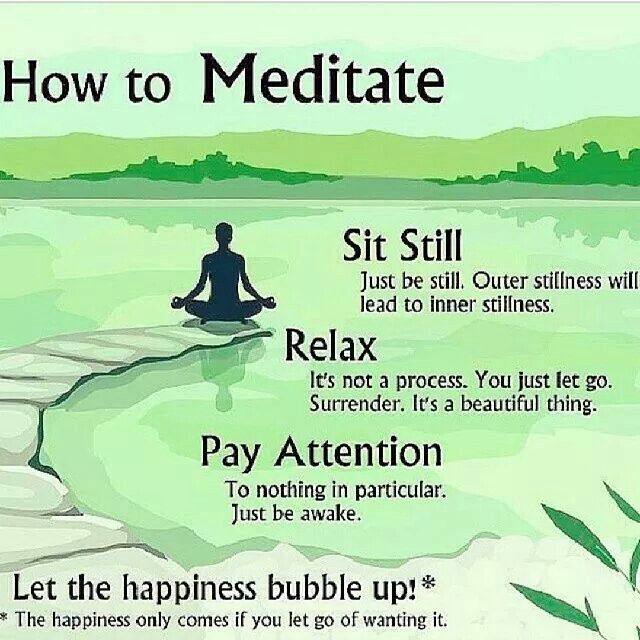
Once again, to include this time the planet as a whole and out beyond that the entirety of the universe in which our Earth is merely an atom and we, not even a quark.
May our planet and the whole universe be safe and protected and free from inner and outer harm. May our planet and the whole universe be happy and contented. May this planet and the universe be healthy and whole. May our planet and the whole universe experience ease of well-being. May our planet and the whole universe be safe and protected and free from inner and outer harm. May our planet and the whole universe be happy and content. Make our planet and the whole universe be healthy and whole. May our planet and the whole universe experience ease of well-being.
18. So, in the final moments of our time together, rest here in the radiance and luminosity of your own intrinsic beauty, your own intrinsic love, your own intrinsic kindness. Whether you are using words or not, at whatever level you choose or intuitively you are drawn to. Radiating loving-kindness inwardly and outwardly near and far. And as this formal period of practicing together comes to an end, with the sound of the bells, affirm inwardly that this practice can be nourished on a regular basis if you are drawn to keep it alive and vibrant. Just as can all the other practices we have been engaging in together and affirming for yourself and for others, if you like, the old Navajo saying, which I extend to you now: May you walk in beauty. May you and all beings near and far walk in beauty.
Radiating loving-kindness inwardly and outwardly near and far. And as this formal period of practicing together comes to an end, with the sound of the bells, affirm inwardly that this practice can be nourished on a regular basis if you are drawn to keep it alive and vibrant. Just as can all the other practices we have been engaging in together and affirming for yourself and for others, if you like, the old Navajo saying, which I extend to you now: May you walk in beauty. May you and all beings near and far walk in beauty.
Meditations for Love: Yass Jalu - on the practice of happiness in a couple
The process of becoming aware and working through a situation that seems catastrophic helps to come to the understanding that there is no apocalypse - it's just a tendency of our insidious imagination to make an elephant out of a fly. A hopeless situation seems such if you hide from yourself the doors leading to freedom, Yass Jalu is sure. This applies to both the relationship with oneself and communication with a partner.
A hopeless situation seems such if you hide from yourself the doors leading to freedom, Yass Jalu is sure. This applies to both the relationship with oneself and communication with a partner.
"RBC Style" learned from the author of the books "Stop lying or a guide to a bad head" and "Happiness without effort", and here meditation, where to look for love and why to come to a feeling of happiness is not a super task, accessible only to a few.
Does true love exist? What is she? How to recognize her?
Let's divide love into two concepts at once. There is human love and there is spiritual love. The first is felt as a vibration from seeing the object of love, when a certain hormonal background is created in his or her presence. We all load this object, quite automatically, with our expectations and hopes, the fear of loss, the feeling of ownership. By the way, this is the same for women and men. Human love, being unconscious, turns into a stream of passions, into dependence. This is a crystal house, which stands on romance, which, according to the general delusion, holds the structure together. But this is an illusion, and it collapses at the first sensation of anger or other passionate emotion, it breaks into reality.
This is a crystal house, which stands on romance, which, according to the general delusion, holds the structure together. But this is an illusion, and it collapses at the first sensation of anger or other passionate emotion, it breaks into reality.
Spiritual love presupposes that we turn our expectations from another person into our consciousness. In a spiritual sense, love is bliss, relaxation and acceptance of circumstances, which does not block impulses that bring a sense of satisfaction and comfort with an extra manifestation of passions.
The bodily signs of love come from three centers: sexual, heart and head (or consciousness). They interact with the alchemical “love compound” endorphins, dopamine and oxytocin. If we abstract from human attachment, we can see that the alchemical mixture is present in us regardless of the presence of another person.
This is the difference: human love is formed from an object, but conscious, spiritual love arises when we live in the stream of our consciousness, and assumes that its composition is constant and natural.
Remember your childhood: a child is simply happy in love, he is calm and cheerful, without any romance. It can be a great addition to the cocktail of emotions and feelings that is already there, but not the main engine of these feelings.
The path from human to spiritual love leads to independence from objectification, turning off one's thoughts, expectations and delusions from another person and immersing them in the stream of one's mind. This frees you from the obstacles that prevent you from experiencing the feeling of love.
Advertising on RBC www.adv.rbc.ru
Relationships in a couple have recently been subjected to constant modifications from the outside: we all hear about polyamory, about asexuality and pansexuality. Monogamy has advocates, like monogamy is outlawed. All this is confusing. What and whom to listen to in this flow of information?
Everyone has a sex center - this is an incredible motor, literally, a sports bike of great power.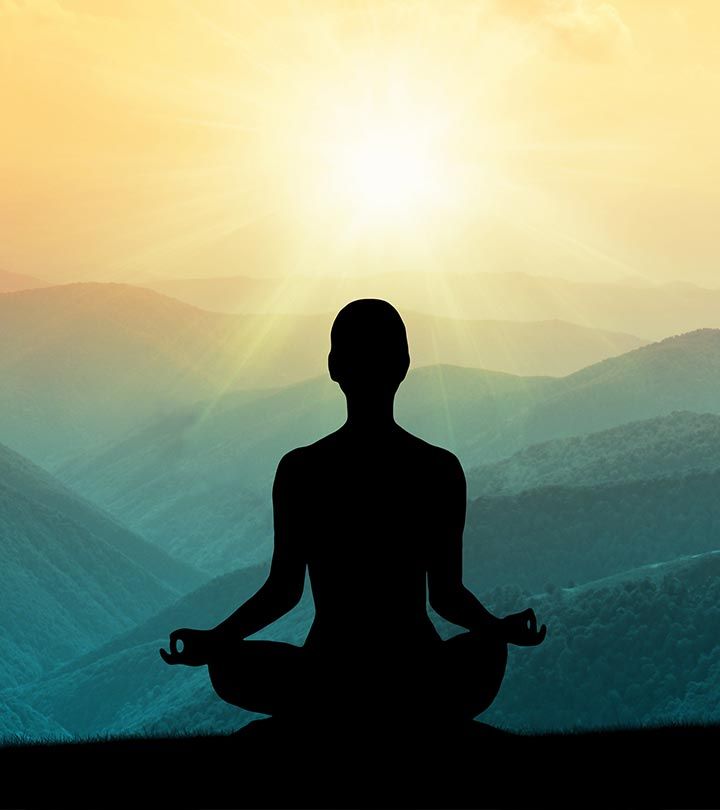 How he will ride depends on the owner: how much this person owns himself, so much this “mechanism”. Before getting to know the sex center, it is important to understand what is happening on the mental continuum. I will clarify that nothing in the sexual sphere is bad: sex can occur between a wide variety of people, this is a fact. But our mind begins to label, harbor prejudices, fears and worries. It pollutes our consciousness, takes possession of it. We become infected with greed, insatiability, we can even get sick with our passions, both individually and in union.
How he will ride depends on the owner: how much this person owns himself, so much this “mechanism”. Before getting to know the sex center, it is important to understand what is happening on the mental continuum. I will clarify that nothing in the sexual sphere is bad: sex can occur between a wide variety of people, this is a fact. But our mind begins to label, harbor prejudices, fears and worries. It pollutes our consciousness, takes possession of it. We become infected with greed, insatiability, we can even get sick with our passions, both individually and in union.
Practicing mindfulness helps you get back to your mind continuum and become familiar with what's happening on it. Our experiences are imprints of consciousness, traces that need not be followed. You can just survive, step over. Or, on the contrary, draw resources from them. But to understand what is in front of you, you can only through the practice of awareness. The bottom line is this: whatever you do, when you experience it consciously, you do not experience shame, embarrassment or endless delight and do not go to extremes. Only in this way can you find out what you like and what repels you.
Only in this way can you find out what you like and what repels you.
As far as austerity in sex or asexuality is concerned, if you accept it in awareness, everything will be all right. Simply because consciousness does not care whether you lived the experience in reality or just thought. This is also a spiritual path, but it must be conscious.
In one of your posts on your Telegram blog, you wrote that you are “an advocate of equal relationships in which people are free – but honestly free.” Don't you think that "freedom" is an even more romantic and fantastic concept than "lived happily ever after"? Can you please explain what kind of freedom we are talking about?
Freedom really does sound incredibly romantic. As soon as we fall in love with someone and then take possession of that object, two things happen. Or the "bought thing" syndrome happens - when, after acquiring the object of desire, we forget about it. Or dependence on a thing when it is so cool that we cannot exchange it for anything.
Consciousness lives in extremes, and awareness lives in balance. Accordingly, freedom is when we proceed from the sphere of our own interests, and only then come into contact with the sphere of interests of other people. When does the shift happen? When we come into a relationship from the position “I don’t know what I want, which means I will live in your interests.” As a result, one person is lost in another. Or, on the contrary: "I want to live with you, and you must live with me." None of the partners develop in these situations.
If one person thinks that he is doing everything right, no changes are needed, and everyone accepts the conditions, discussion and dialogue are not born, there is no work on oneself. If people are sure that they have found "lifelong" love and have calmed down, it is likely that they turn their lives into a swamp in which they gradually turn sour in illusions. Where there is no dynamics and momentum, the movement freezes. From here, the “old age of consciousness” is formed, lively interest, flirting with life disappear.
When we live for ourselves, but include other people in our circle as equals, there are incentives for development and work with ourselves begins. Only in the presence of honesty and openness do we meet ourselves; with moments where we are jealous, lazy, manipulate, demand - these moments allow us to shake ourselves up, rethink our behavior.
Work on oneself forms both flirting in relationships and flirting with life. Under these conditions, there can be no talk of betrayal, because in such an alliance, partners are always aimed at each other. After all, finding a person with whom you have common interests and development goals is like meeting a reflection. Rare luck and pleasure.
If we are talking about an open relationship, when someone is included in an established couple, we must understand that the new member of the union will still be on the sidelines. Because the couple who accepted it have already formed strong ties that are difficult to break.
You and your partner are free - it's important to remember this.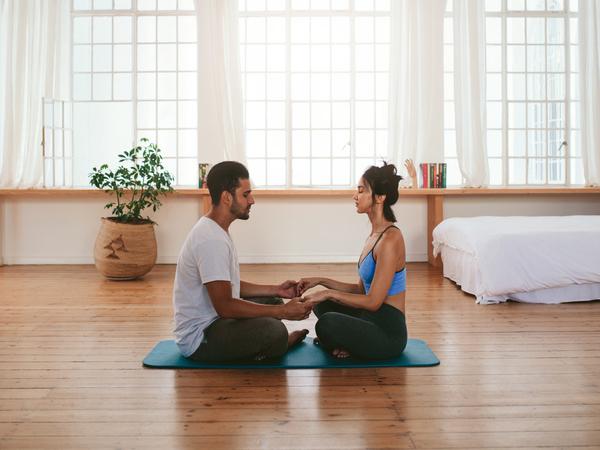 If you have been cheated, no one bothers you to change too. But do it not out of resentment, but just relax. Because sex heals.
If you have been cheated, no one bothers you to change too. But do it not out of resentment, but just relax. Because sex heals.
On your Instagram blog, you analyze the complex problems of relationships between people from the position of an adviser, urging the audience: "define", "understand", "shape", "try". How can you yourself assess whether other people's advice helps you get through difficult periods of life?
Help. First, when we speak out the problem, we give it outlines, as if it appears on the canvas visually. When we receive at least some feedback, agreeing with it or not, we start a thought process. Secondly, when you are having a conversation with an experienced interlocutor, or an abstract interlocutor, or an empathic one, it helps a lot. Especially if you laugh at the situation together. Sometimes the advice itself can be ridiculously short, but funny. Laughter brings consciousness out of fixation on delusions and experiences. Therefore, if you do everything as cleanly, sincerely, openly as possible, having worked through your problems in advance, then the advice will help a lot.
Is meditation the panacea for all ills? Explain why, in your opinion, the practice of meditation has become widely popular in recent years?
This is really a panacea for absolutely all adversities. All our worries and problems dissolve in the power of meditation. When the mind is in meditation, it is happy. In general, the brain always meditates - this is one of its basic functions. Why is it being heard now? Because humanity is on the path of purification of its consciousness. Even in ancient texts it is predicted that there will come a time when people will start killing themselves with food (poison, if literally). Now we just live in a time when food is abundant and it is killing us. But according to these same texts, we are on the path of freeing our consciousness from experiences. This is a general process, and not the lot of units, not magic or an esoteric fairy tale. Awakening is the process of entering a state of meditation. Nothing supernatural.
Nothing supernatural.
Before embarking on spiritual practices such as meditation, what needs to be done?
There are no clear instructions. Everyone goes their own way to this comprehension, there are no right or wrong roads. When the mind is ready for meditation, everything starts to happen by itself. You come across a teacher who tells you what to do, you do it and get results. There is motivation and desire to be realized, to achieve a spiritual goal.
How can meditation and mindfulness help in relationships with a partner?
Practices are single, but there are practices for union. Even if one practices in a couple, the second one still pulls up (at first unconsciously, but when he sees positive results, such as sex, mood, dialogue, saturation of life with colors, he connects at full power).
Meditation practices, first of all, help to unfold the map of passions, start playing with each other, live jealousy and passion consciously. It always tends to strengthen partners and make each other more interesting.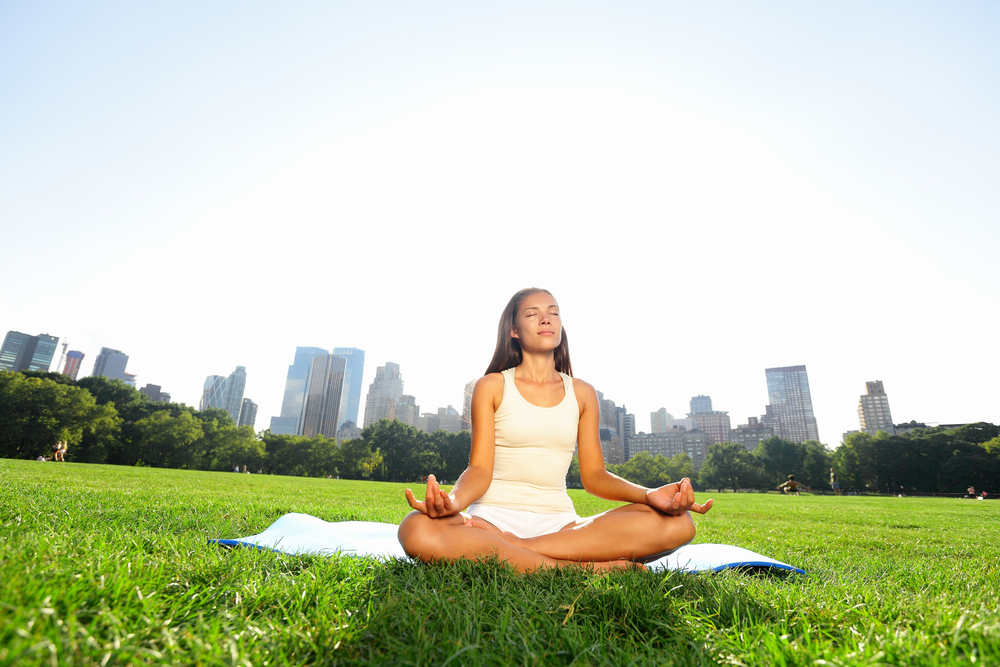 Then the spiritual battle and real partnership begin in the couple.
Then the spiritual battle and real partnership begin in the couple.
At the same time, both partners must “suffer” enough in life and understand what real suffering and compassion are not in words, but when you can put yourself in the place of another person, even one who hurts you. This is the only way to turn your heart to love.
What is happiness, in your opinion? What does it look like? How long does it take? Where does it come from?
This is an ongoing process. You can cut your finger, experience pain. Someone after that will go into experiences and suffering. In the practice of happiness, there is no suffering. We cut our finger, felt pain, and that's it.
If I have a difficult life situation, I do not suffer, but accept it. It is there, it brings me stress and fear. But this is only a moment - and then the pain dissolves. Practicing happiness helps you experience those moments quickly, without crowding them out or obsessing over them.
The main thing is not to confuse the feeling of happiness with euphoria.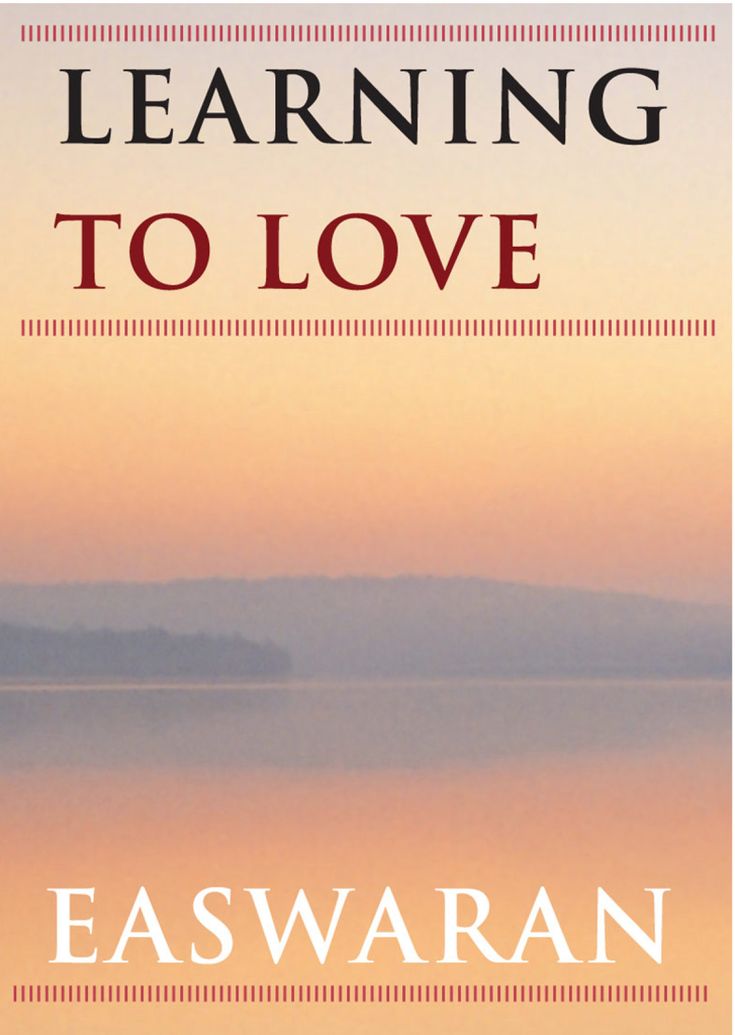 In a state of passion, it seems to people that they are happy, but in fact their consciousness is clouded. True happiness is a feeling of peace, balance, without euphoric outbursts.
In a state of passion, it seems to people that they are happy, but in fact their consciousness is clouded. True happiness is a feeling of peace, balance, without euphoric outbursts.
Your Effortless Happiness method focuses on the inner state of one practicing individual. Explain the specifics of its application to relationships in a couple?
This will be a short example because this is a large topic. Imagine how a partner unconsciously clings to you for the same emotion: it causes jealousy or tries to form a victim out of you. By practicing, one day you stop responding to these hooks, but on the contrary, you begin to reflect to your partner his manipulations. And completely harmless. And the partner has a moment of insight, sobriety. This breaks the whole situation, and the course for insight begins already with two partners.
What if the practice of Effortless Happiness leads to the destruction of the partnership?
The question is posed as if destruction is a bad thing.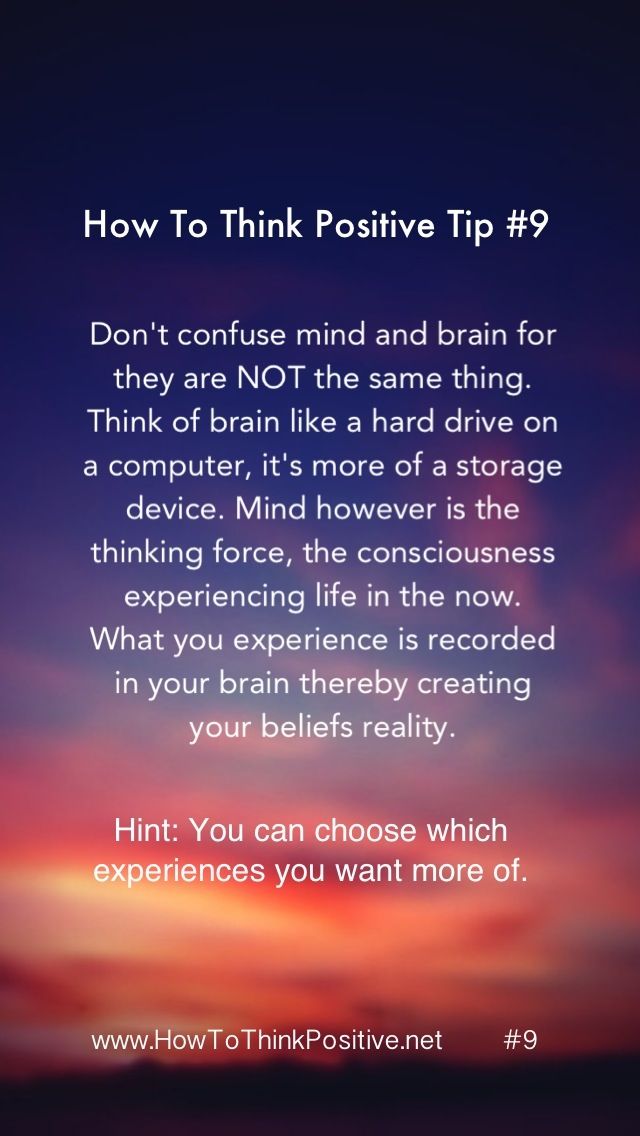 But after all, relationships are an experience, and if you come out of it broken, destroyed and cannot collect yourself, then you have left an unhealthy relationship. In the practice of awareness, such a sad person does not leave the relationship, but gain experience and understand where to move on. At an advanced level of awareness, the gap is not painful at all, it passes as a next stage of life.
But after all, relationships are an experience, and if you come out of it broken, destroyed and cannot collect yourself, then you have left an unhealthy relationship. In the practice of awareness, such a sad person does not leave the relationship, but gain experience and understand where to move on. At an advanced level of awareness, the gap is not painful at all, it passes as a next stage of life.
Hence the next question: what are the consequences of the practice, what should we expect, what should we be prepared for?
I like to give the example of a motorcycle. What are the consequences of learning to ride a motorcycle? Exactly as far as you are aware of what you are doing. If you are not carried away, you do not fall into extreme behavior, but you hold awareness, expand the field of internal vision, the consequences are unlikely to be disastrous.
Sounds very nice. Let's discuss from the position of your personal experience, give the most illustrative example.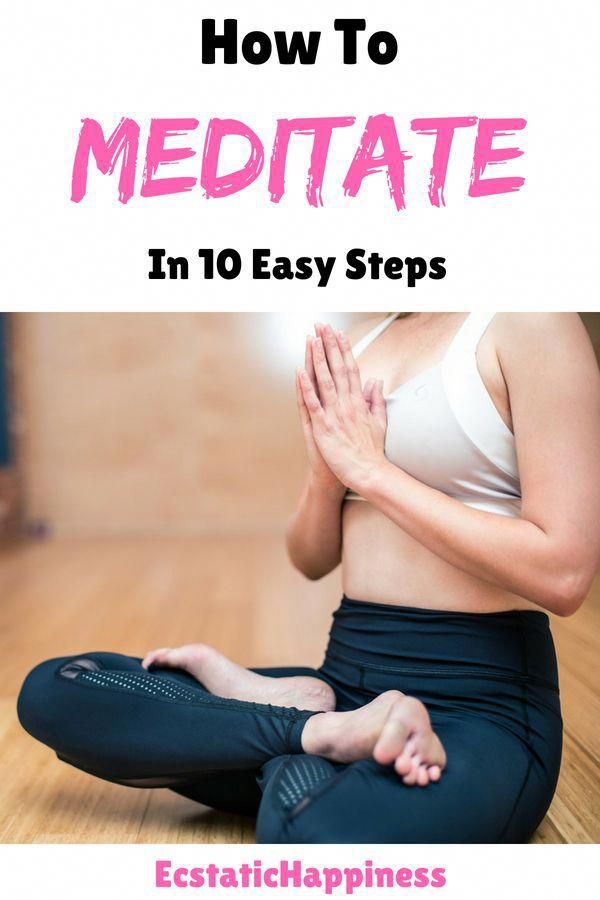 Tell us how meditation helps relationships within your couple?
Tell us how meditation helps relationships within your couple?
In my case, through meditation, I realized that I was manipulating, angry, sometimes overexcited and I couldn’t stop myself or force myself to do anything, which I immediately blamed my partner for. I saw my unawareness and began to work with it. My partner had to do this too, because otherwise he would not have kept up with me.
When I realized that my partner was interested in other women, I noticed a flash of jealousy in myself and realized that she was blocking me. Therefore, instead of condemnation, hysteria and controlling my partner, I experienced excitement, acceptance and awareness of my own emancipation. Accepting my anger helped me find inner radiance and freedom from addiction.
Finally. Karma and retribution exist?
There is karma. According to the same karma, consciousness works in the same way for all of us: it lives with the same experiences, impressions and experiences certain circumstances.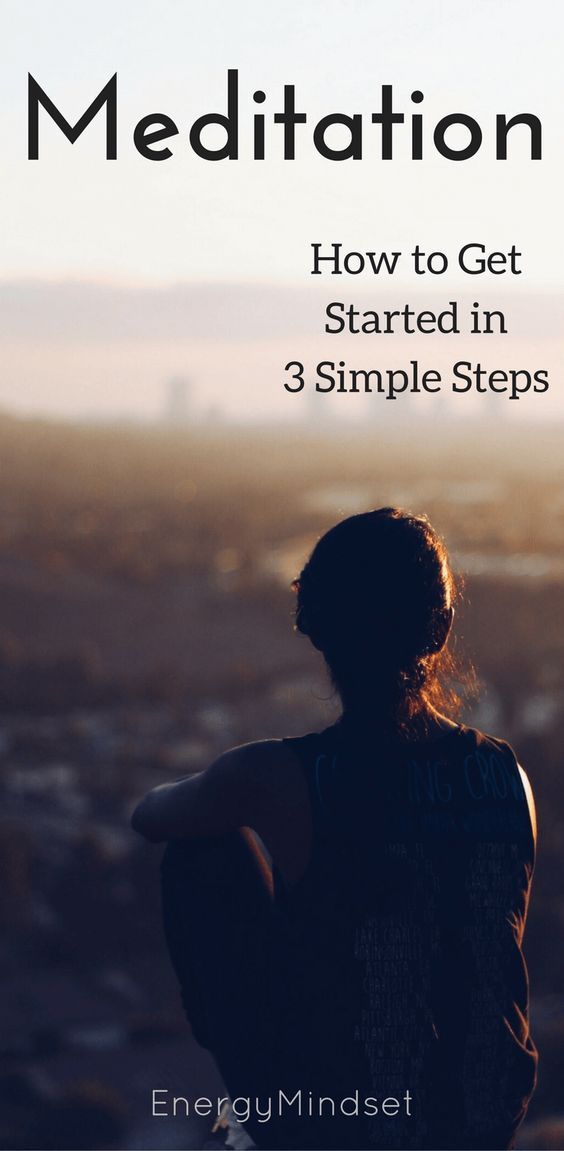 It's just the flow of life. Payback is more of a warning, a warning about what may sprout as a result of certain actions, rather than having to pay for them. But that's not necessarily a bad thing. After all, people calmly take loans when they understand their conditions. It is much worse when you do not realize that you have taken something on credit.
It's just the flow of life. Payback is more of a warning, a warning about what may sprout as a result of certain actions, rather than having to pay for them. But that's not necessarily a bad thing. After all, people calmly take loans when they understand their conditions. It is much worse when you do not realize that you have taken something on credit.
We all know how important it is to read loan agreements carefully. In the same way, it is important to know the rules by which our consciousness lives, so that in the future we will not be surprised at encounters with difficulties. This will help to be in balance and not fall out of balance due to each experience.
Tags: meditation
Meditation to attract love | PSYCHOLOGIES
36,733
Male and female
Professor of psychophysiology and leading researcher on positive emotions at the University of North Carolina at Chapel Hill (USA) Barbara Fredrickson has conducted a series of experiments that overturn traditional ideas about romantic love.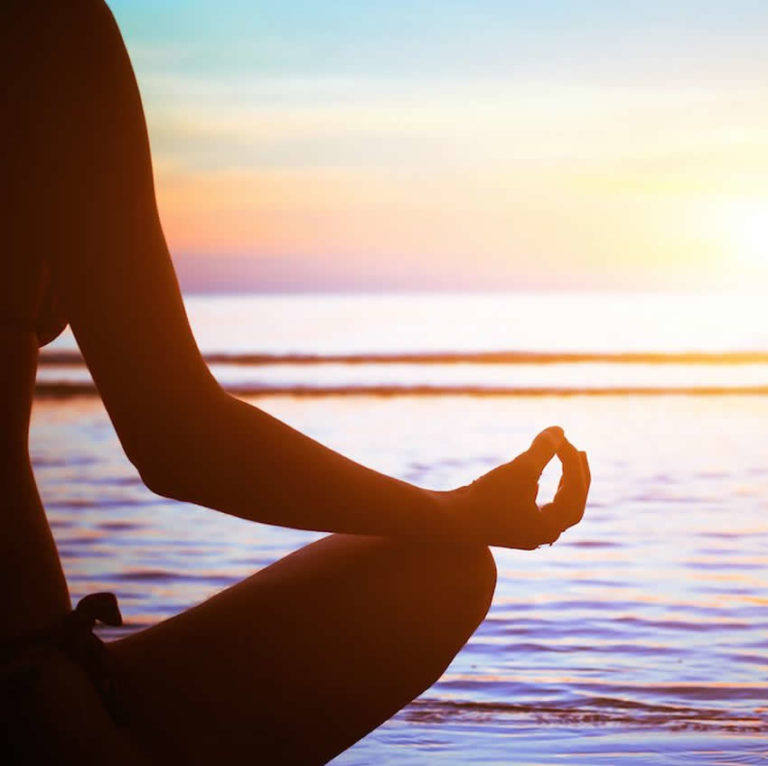 She shared the results in her book Love 2.0: How Our Supreme Emotion Affects Everything We Feel, Think, Do, and Become. ).
She shared the results in her book Love 2.0: How Our Supreme Emotion Affects Everything We Feel, Think, Do, and Become. ).
This is not eternal love, on which marriage supposedly rests, and not the passionate yearning of youth, fueled by hormones. Falling in love is a more earthy, simple and accessible feeling that we are able to experience every day, even if we are alone, says Fredrickson.
She calls love "micro-moments of positive response." At these moments, we feel a spiritual connection with another person, we are flooded with a wave of positive emotions. A husband or wife, a child, a close friend, a friend, a colleague, or even a stranger on the street with whom we meet eyes - for everyone we can experience a feeling of love.
Micro moments of love bring a feeling of happiness, strengthen health and prolong life, and the more of them in life, the better
But there is a condition - in order to feel love, you must be physically close to a person. Let's say if now a loved one or a loved one is not around - the two of you are not in love with each other. You may be attached to or longing for your partner, but your body is out of the love zone, Fredrickson insists.
Let's say if now a loved one or a loved one is not around - the two of you are not in love with each other. You may be attached to or longing for your partner, but your body is out of the love zone, Fredrickson insists.
To understand why this happens, it is important to understand how love works from a biological point of view. Like all emotions, it has biochemical and physiological components. It was believed that, unlike some other positive emotions, such as joy and happiness, love cannot be “generated” by oneself - it is born only in a couple.
The three main players in the biological mechanism of love are the so-called mirror neurons, the attachment hormone oxytocin, and the vagus nerve that connects the brain to the heart. Each of them, in their own way, helps to establish and strengthen connection with others and participate in micro-moments of love.
“For example, the vagus nerve stimulates the smallest facial muscles, improving eye contact and making facial expressions similar to those of the interlocutor,” explains Fredrickson. “It even adjusts the muscles of the middle ear so that, above all, it is possible to distinguish the voice of a loved one or loved one among the surrounding noise.”
“It even adjusts the muscles of the middle ear so that, above all, it is possible to distinguish the voice of a loved one or loved one among the surrounding noise.”
The higher the vagal tone, the lower the risk of cardiovascular disease, diabetes, and the stronger the immune system.
The potential for love can be measured by measuring the heart rate in relation to the respiratory rate - this is called vagal tone. The higher the tone of the vagus nerve, the better we control emotions, behavior, we are more attentive, sociable, friendly and - stronger and more often we feel love.
A team of researchers led by Fredrickson found that it is still possible to generate love - participants in the experiments who practiced Buddhist meditation of loving kindness significantly increased their vagus nerve tone. It consists in focusing on feelings of tenderness, warmth, sympathy for another person and mentally wishing him love, peace, strength, happiness and health.



